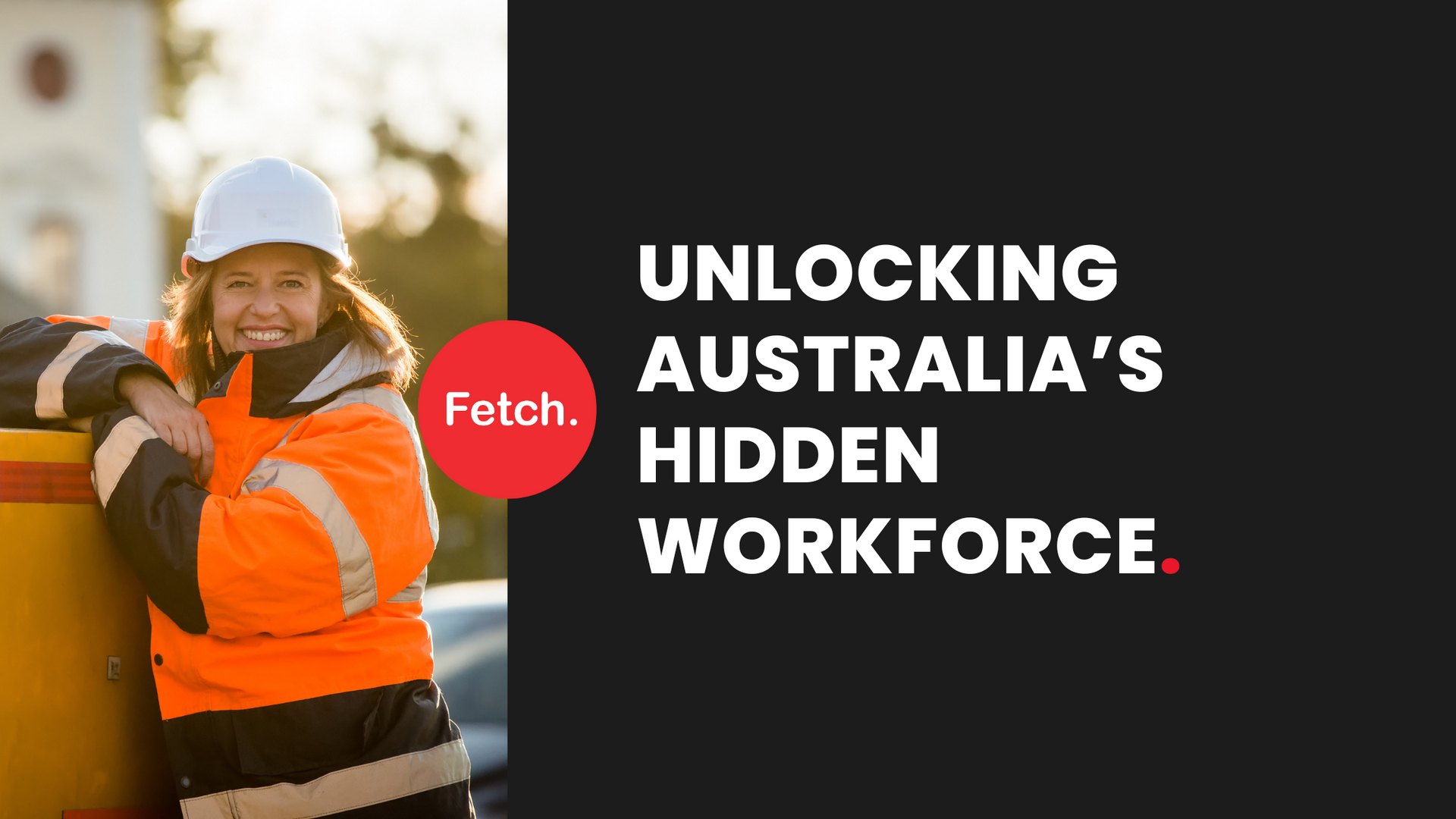
Share This Article
With insights from Master Builders Australia’s The Future of the Workforce: The Building and Construction Industry.
Australia’s building and construction industry employs around 1.37 million people, yet demand for skills still outpaces supply. Master Builders Australia estimates the sector needs another 130,000 workers by 2029 to meet housing and infrastructure targets.
The good news is that some of the answers are already in sight. Women, new entrants and skilled migrants have enormous potential to reshape the future workforce if they receive the right support.
Women: A Huge Opportunity Waiting to Be Unlocked
Women currently make up 13.6 per cent of the workforce, but only 3.7 per cent of those on the tools. To reach even 10 per cent female participation in trade roles, the industry would need about 22,000 extra tradeswomen every year.
At Fetch Recruitment we see how much difference the right environment makes. We work with employers who prioritise safe and inclusive sites where everyone can thrive. We share stories of women excelling in civil, construction and mining to inspire others, and we help clients create flexible rosters and return-to-work pathways so that starting a family doesn’t mean ending a trade career.
Pathways and Early Careers: Turning Interest into Action
Apprenticeships remain a key entry route into construction, but Master Builders reports that commencements fell 22 per cent in 2023, while about 110,000 people leave the industry every year.
While Fetch is not a training provider, our consultants give free, practical career advice to anyone considering a trade. We direct jobseekers to the right training for their state, whether it is free TAFE courses in Victoria, Jobs and Skills WA programs or construction subsidies in Queensland. Our website’s training pathways section makes it easy to explore these options and plan a career with confidence.
This guidance helps candidates take the first step and gives employers access to people who are better prepared for site life.
Skilled Migrants: Talent Ready to Go
Migrants already account for 24 per cent of construction workers, but only 2.8 per cent arrived in the past five years. Many are highly qualified but face visa and licensing hurdles that delay or limit their opportunities.
Fetch helps bridge that gap by connecting employers with experienced overseas talent and by guiding candidates through licensing and recognition requirements. We stay close to the latest visa developments so businesses can hire quickly and workers can get on site without unnecessary delays.
Why This Matters
Australia’s construction sector faces a once-in-a-generation labour challenge. Expanding talent pools is essential to keeping projects on schedule and within budget.
By partnering with recruiters who understand the industry, employers can secure the people they need to build strong, reliable teams. For candidates, this shift creates real opportunity: faster career progression, more varied projects and the chance to help shape Australia’s future skyline.
At Fetch, we focus on what we do best—connecting employers with skilled people, offering free career advice, providing guidance on visa and licensing requirements, and helping businesses create inclusive workplaces where everyone can thrive.
If you are ready to strengthen your workforce or to take your next step in construction, we are ready to help you build what is next.


